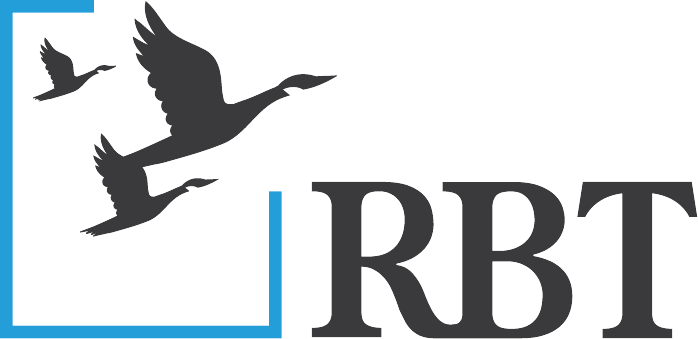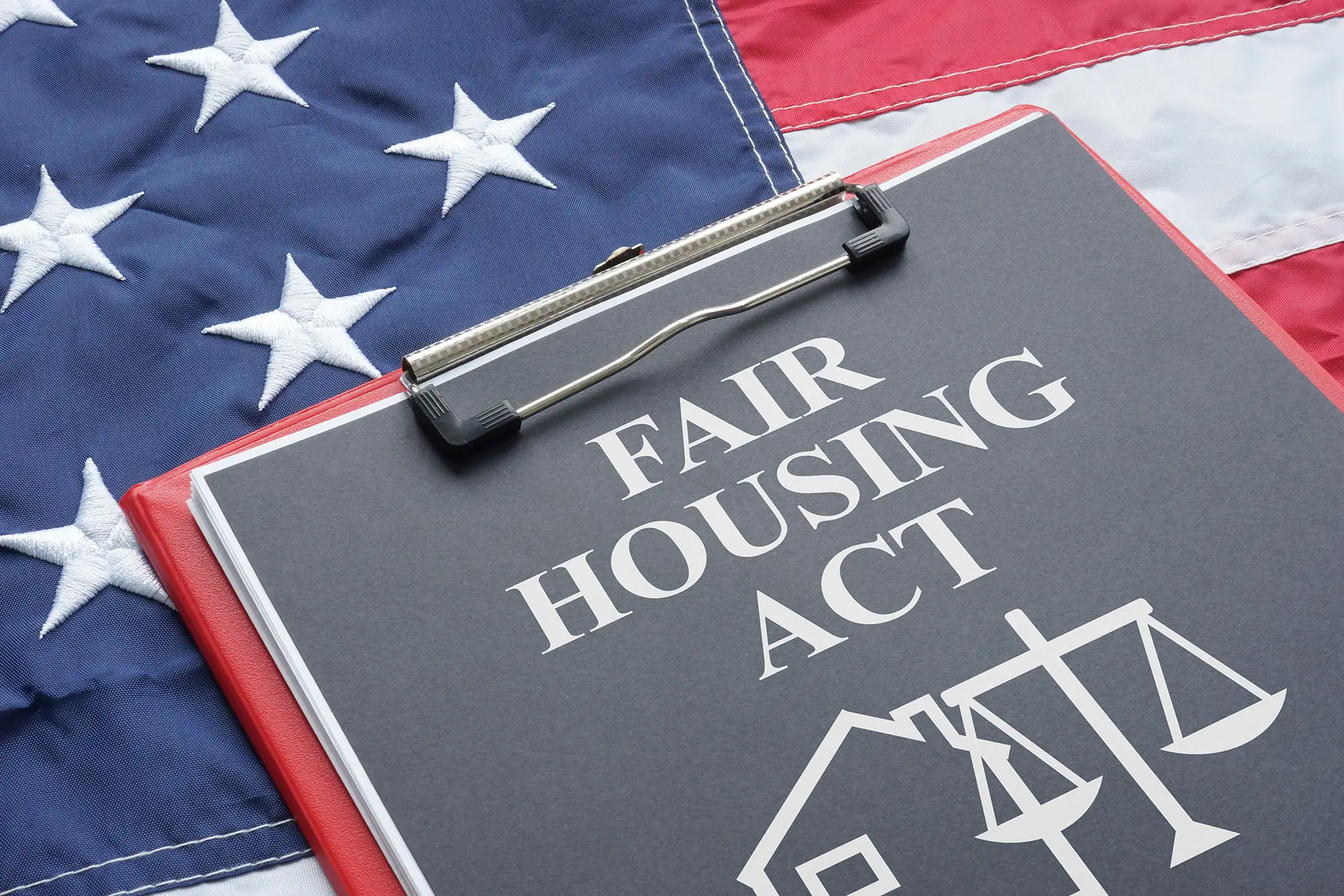Unions, like any other organization, are subject to financial recordkeeping requirements. The Labor-Management Reporting and Disclosure Act (LMRDA) provides specific guidelines for unions in regard to financial records and retention requirements, with the purpose of ensuring transparency and promoting democratic practices within labor organizations. According to the LMRDA, “unions must maintain financial records and other related records that clarify or verify any report filed with the Office of Labor-Management Standards (OLMS).” Your union’s treasurer and president—or the corresponding principal officers—are responsible for ensuring these recordkeeping requirements are met.
What records do you need to retain?
Per an OLMS Fact Sheet providing guidance on LMRDA recordkeeping requirements, examples of records that should be retained include, but are not limited to:
- Receipts and disbursement journals
- Cancelled checks and check stubs
- Bank statements
- Dues collection receipts
- Employer checkoff statements
- Per capita tax reports
- Vendor invoices
- Payroll records
In addition, unions should retain records that help explain or clarify financial transactions, including:
- Credit card statements and itemized receipts for each credit card charge
- Former members’ ledger cards
- Union copies of bank deposit slips
- Bank debit and credit memos
- Vouchers for union expenditures
- Internal union financial reports and statements
- Minutes of all membership and executive board meetings
- Accountants’ working papers used to prepare financial statements and reports filed with OLMS
- Fixed assets inventory
Electronic records and software needed to complete, read, or file reports for the Office of Labor-Management Standards (OLMS) must also be retained. If you are not sure about whether to keep a record, you can contact the nearest OLM field office for advice.
How long do you need to retain records?
You must retain financial records (and other related records) for 5 years after a report is filed with the Office of Labor-Management Standards, during which time those records must be available for examination.
2025 Compliance Audit Finding Examples
OLMS conducts compliance audits of local unions under the Compliance Audit Program (CAP), following which closing letters are sent to the unions detailing any reporting or recordkeeping violations or deficiencies identified during the audit process. The closing letters for various unions audited thus far in 2025 can be viewed here. These letters reveal that, when it comes to OLMS recordkeeping requirements, details matter. Below are some examples of violations listed in these letters:
- Missing receipts for meal expenses
- Receipts for meal expenses were not itemized
- Records of meal expenses did not include written explanations of union business conducted or the names and titles of people incurring the charges
- Missing invoices for disbursements to vendors
- Inadequate documentation for lost wage reimbursement payments to union officers and employees
- Lack of documentation for reimbursed expenses and debit card expenses incurred by union officers
- Inadequate documentation to support mileage reimbursements
- Interest earned on savings accounts was not recorded in monthly financial books
As you can see, unions must accurately report financial activity and provide proper supporting documentation in order to avoid violations.
Contact Us
As you work to keep your union in compliance with recordkeeping requirements, you can count on RBT CPAs for all of your accounting, advisory, audit, and tax needs. Contact us today to learn how we can be Remarkably Better Together.










